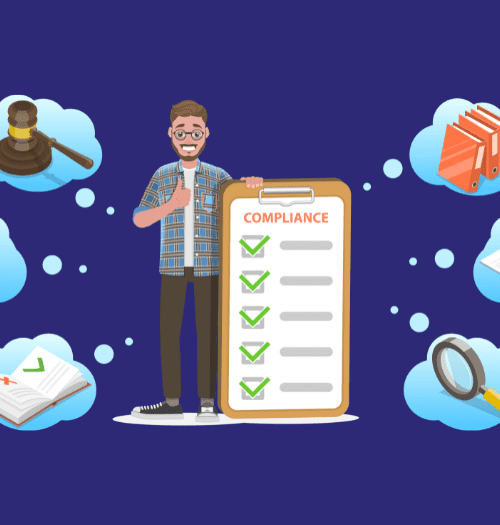In the world of finance, Loan Origination Systems (LOS) are the go-to software solutions for automating and managing the loan onboarding process. This multifaceted process includes loan application, underwriting, approval, till disbursement. The leading LOS systems, such as CloudBankin, offer a wide range of features that improve the efficiency, accuracy, and compliance of loan operations, including digital onboarding of loan applications, faster decision using credit decision engine, and API integration to automate the entire loan origination process.
By using an LOS, financial institutions stand to reap several benefits:
a) An LOS can significantly reduce the risk of compliance issues of KYC by ensuring that all necessary information is complete and accurate.
b) An LOS can streamline document generation, data entry, and workflow management, boosting productivity, automating repetitive tasks, and reducing manual errors.
c) An LOS can enhance customer satisfaction by providing fast and transparent loan decisions, along with online applications and self-service options.
d) An LOS can unlock revenue potential by enabling cross-selling, upselling, and pricing optimization, allowing financial institions to capture more market share and retain existing customers.
e) An LOS can improve risk assessment and mitigation by utilizing data-driven models, analytics, and scoring engines.





